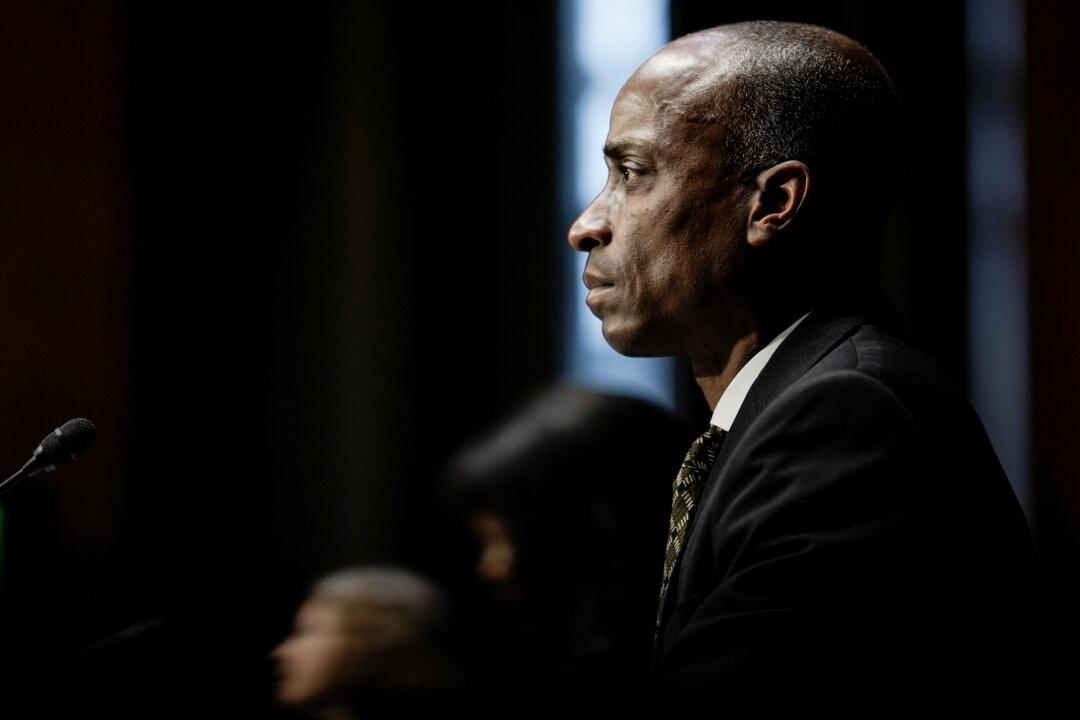The Federal Reserve potentially leaving interest rates unchanged at next month’s policy meeting might not indicate that the central bank’s tightening efforts are over, Fed Governor Philip Jefferson said in a speech.
An announcement to keep the benchmark fed funds rate in the target range of 5.00 and 5.25 percent would allow officials to comb through even more data before employing additional tightening measures.





